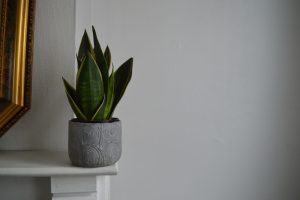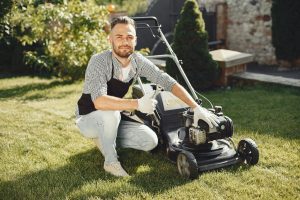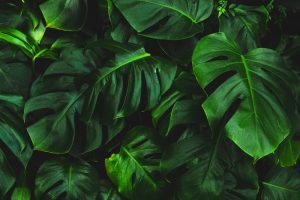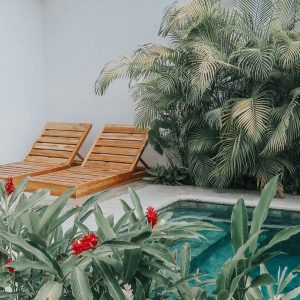
FEW PEOPLE feel neutral about fresh coriander. Some love it, others won’t even touch it. In ancient China, coriander leaves were thought to bestow immortality and were often used in the New Year’s bath water. In the West, people were not as appreciative. The Romans gave coriander the unappealing name coriandrum, derived from the Greek word koris, meaning ”bedbug,” suggesting a fetid, buggy odor.
In fact, it was not until recently, when European cooks began exploring Indian and Chinese cooking, did fresh coriander leaves begin to gain popularity in the West.

In contrast, the seeds seemed to have had a better early reception. European cooks have been using coriander seeds to imbue a bright flavor to their meat dishes for thousands of years.
Growing Your Own Coriander
Contents
Before you set out to grow your own coriander, you will have to decide whether you want to grow it for its seeds or for its leaves. Growers have bred varieties of this annual herb to be better at producing one or the other.
Be mindful that coriander bred for seed production will yield seeds quicker than varieties bred for leaves. But once these coriander plants run to seed, they will stop producing new leaves altogether.
Below are a few pointers on growing your own coriander.
How to Plant Coriander
The tiny, pungent leaves of the coriander plant make a handsome thicket of fresh green in either a sunny or partially shaded spot in the garden. You can sow the seeds in well-prepared, free-draining soil enriched with compost anytime between late March and early September. The seeds are best sown in groups of five. If you are growing coriander for the leaves, make sure you choose a sunny location for your plants.
If you want a constant supply of leaves through the season, sow small amounts every 3 weeks. Your coriander seeds will begin to germinate within three weeks of planting.
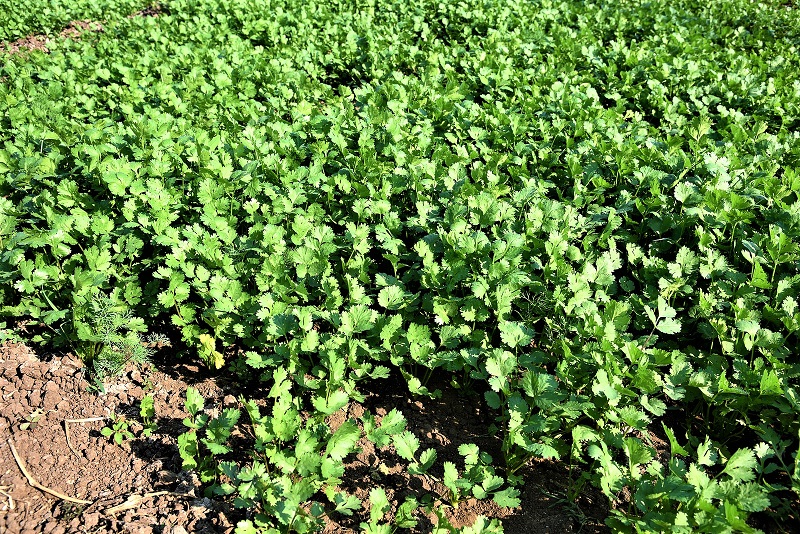
Care and Maintenance
If you intend to harvest leaves, thin the young plants until they are about eight inches apart. Remove any flowers that might appear. This will allow the plants to focus their energies on growing new leaves. Keep the soil damp, but avoid overwatering. Dry soil or compost can cause the plants to bolt or flower prematurely.
Experts recommend diligent weeding around young coriander plants grown for seed production. You can thin these to about four inches of each other since they will not require as much space. Unlike plants grown for leaves, you should allow coriander plants grown for seed to flower. Water the plants thoroughly during spells of hot, dry weather. Keep the soil moist but not wet.
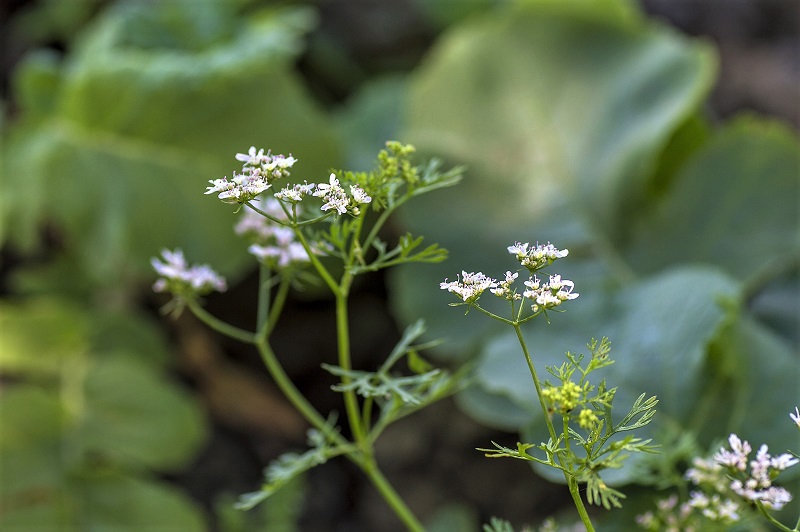
Harvesting Coriander Leaves and Seeds
You can begin harvesting coriander leaves once the plants are grown and well-established. Pluck or cut the leaves off the stem with a pair of scissors. Harvest often to encourage bushier growth.
You can also snip whole stems if necessary. Just cut the plant one third of the way down. The remaining stem will continue to grow new leaves. You can use both the leaves and the stalks in the kitchen.
If you are growing coriander for its seeds, wait until the flowers have died before harvesting. Cut the stems and place the heads of the coriander in a paper bag with the stems sticking out. Tie the stems and the bag together in a bunch.
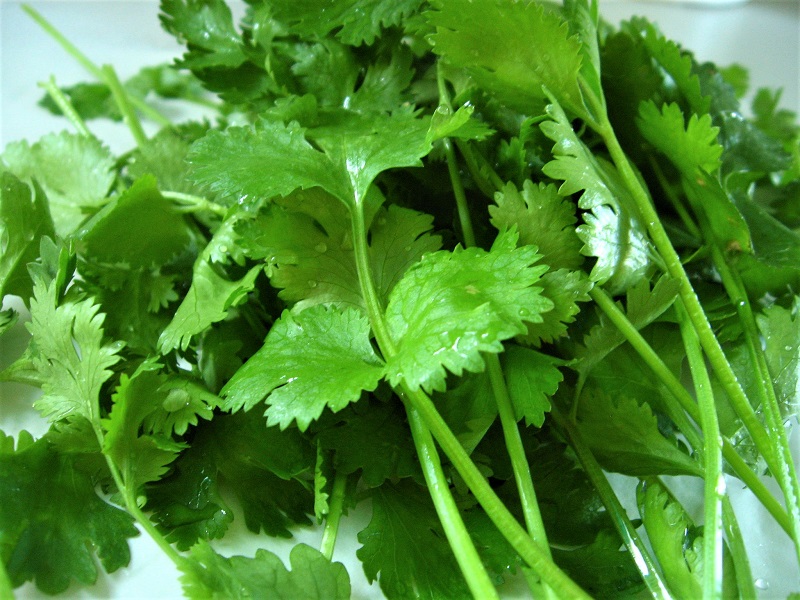
Hang the bunch upside down in a cool, dry place for three weeks. After three weeks, you can take the bag down and shake it, allowing the seeds to fall from the flowers. The seeds will accumulate at the bottom of the bag. Store them in a cool, dry place and use for cooking. Or, you can sow the seeds again next spring.


